Hello, this is Cheena. This time, I will write about my main business, playing electric bass in brass band club in junior high school and high school.
Before we get into the performance of electric bass, let's first briefly explain the organization of brass band.
Existence of electric bass in brass band
The brass band is basically played mainly on wind instruments, with a small number of percussion instruments, stringed instruments, and other instruments added.
The number of each instrument and the type of instrument vary depending on the country or region. In Japan, the wooden tube group consisting of flute, clarinet, oboe, and sax and the trumpet, horn, trombone, euphonium, tube group consisting of tuber, bass drum, etc. It uses percussion instruments such as timpani, snare drum, cymbal, glockenspiel, and marimba, as well as a few keyboard instruments such as piano, and string instruments like the contrabass, and harp.
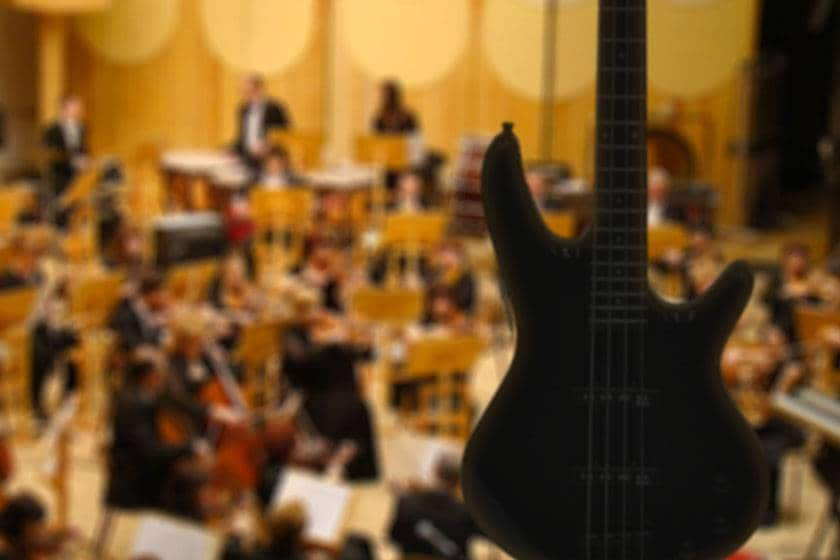
As you may have noticed, there are no electric basses or electric guitars in this composition. These are often used in songs that have arranged for brass band such as pops, and the guitar is used as a song at regular concerts at schools and orchestras, but the use of electric guitar / electric bass is not permitted in the All Japan Brass Band Contest. For those who do play together with the electric bass, it is often played as a replacement for the contrabass.
However, some orchestras do not have a contrabass, and some people play electric bass without a contrabass. In such cases, it is common to switch from a low-pitched musical instrument other than the contrabass. I am one of them, playing the tuba and the electric bass.
In terms of organization, the electric bass is a low-pitched musical instrument. However, there are some subtleties when asked whether it is a part of the rhythm section, the melody section, or the harmony section.
In such a case, let's consider the entire score. (I cannot put up an image of a score due to copyright issues, but I'll do my best to explain it.)
In most tunes that have an electric bass part, the electric bass is integrated with the contrabass under the tuba and above the percussion and is written as C.Ba (E.Ba.). Or, it is written as E.Ba. alone under the contrabass. The notation is almost the same as that of bass wind instruments such as tuba, and the notes below E are written by raising them by one octave. Depending on the location, it is written to move more finely than the tuba, but it rarely deviates from the fundamental tone of the chord progression except for songs where the bass moves around like a walking bass and pops, and it never cuts into the melody.
In other words, it is conceivable that the electric bass in brass band is a part of the rhythm section and makes fine movements that tuba and contrabass cannot.
So how do you play an electric bass in a brass band?
The tuba and baritone saxophone have the highest volume and sound pressure, and are treated as the main axis of low-pitched musical instruments. Bass clarinet, bassoon, and euphonium lack volume, but due to their high mobility, they can play rhythm, melody, and harmony. The ancestral contrabass, which is more like an electric bass, is said to be an instrument that changes the mood of the entire performance. It has a loudspeaker, no bass attack, and an almost infinitely long lingering sound, which provides a sound that wind instruments cannot produce. However, this is not possible with an electric bass unless you use it with E-Bow or Fernandes Sustainer.
With a strong attack and high mobility, the electric bass is a pure rhythm section, just like the electric bass in rock music.
How to actually incorporate an electric bass into the rhythm section
When listening to a brass band performance using an electric bass, in most cases you cannot hear a sound that says "this is the bass". When I actually watch a performance or video, more than 90% use Jazz Bass. The setting of the bass itself is basically all 10 including the tone. The amplifier is about a 50W, the equalizer is all 5, the gain is 0, and the volume is often adjusted in a timely fashion. And it is almost certainly directly connected to the amplifier. There are some people who use a Gibson EB3 with a 100W Marshall amp, and a Jaguar Bass with the Roland Jazz Chorus, but such people have a connection with the rock band music club, they are forming a band, etc. It seems that they are particular about musical instruments, but there are only a few.
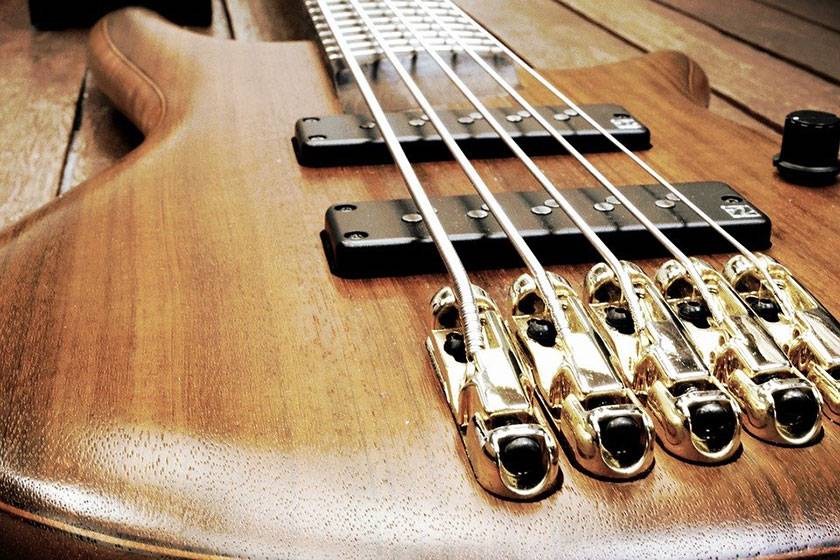
Sorry, I went off topic. The Jazz Bass is attractive because it has two pickups and a tone circuit that can produce a wide variety of sounds, but unfortunately it will not be heard among wind instruments with high sound pressure and loud volumes in such a setup. However, the volume is too low for an electric bass, perhaps because you are accustomed to the volume of the contrabass. You need to increase the volume for the required part.
However, if you simply raise the overall volume, the metallic sound of the bass will clash with the wind instruments, and even if you try to cut it, you will not be able to cut anything other than the volume. With the Jazz Bass, you can swing it all the way to the front, squeeze the tone, raise the BASS of the amp, etc. to get a soft bass.
However, this also has its limits. Since the environment is too different from rock music etc., it is necessary to introduce an effector.
Making sounds with effectors
I wrote "Introduce an effector", but of course it is different from the general effector configuration.
Are compressors, preamps, pedal tuners, and volume pedals essential? The compressor is used to align the grain of the sound, so it's okay to keep it on regardless of the song. You may want to refer to the Sound House's strongest compressor manual. The preamp can improve the way you hear the bass in a performance, similar to the amp adjustments described above. It is no exaggeration to say that the volume pedal is absolutely necessary for playing brass band. In a brass band whose volume changes frequently during a performance, it is counterproductive if only the electric bass cannot keep up with the volume change and stands out, and there is a limit to adjusting the volume with the picking strength and the main unit volume. You can also prevent noise from flowing during MC. Also, when you need to make a long sound, you can output it like a violin playing method by gradually increasing the volume according to the attenuation. If necessary, use noise reduction to eliminate white noise. High-frequency noise can be eliminated by cutting the treble with a preamplifier.
These are the minimum configurations to "make the bass sound natural in an inconspicuous range".
Also, unlike a wind instrument that warms up and tunes up as you play, an electric bass is an instrument that tunes down as you play longer. Introduce a pedal tuner for quick tuning.
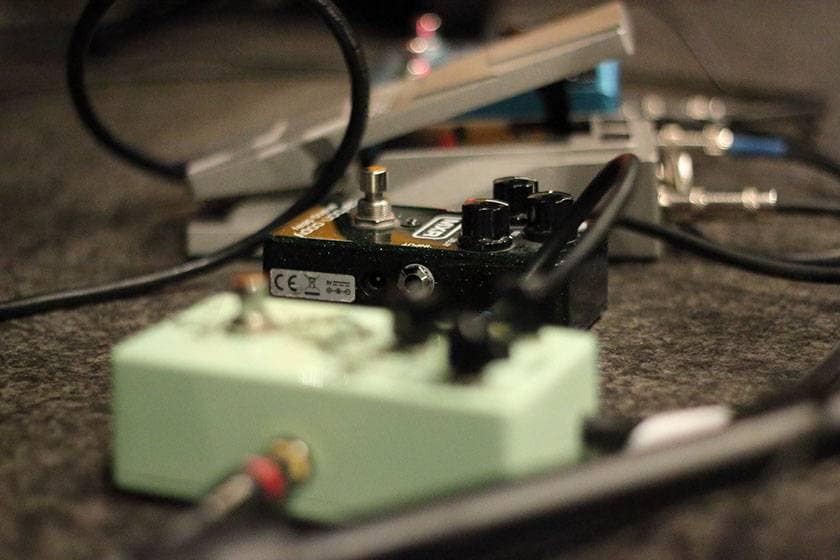
On the contrary, let's think about what kind of composition should be used when it is allowed to stand out in the bass in the arrangement of rock brass band.
In such arrangements, a guitar is introduced and a drum set is added at the same time, so the bass can also follow.
We'll introduce overdrive, equalizer, and octaver for even more bass. Use the overdrive distortion to distort the sound up to the crunch while gaining volume and sound pressure. The guitar can have a similar configuration. Consider whether to add mid-low tones with an amp or preamplifier and make it appear on the entire surface with a fat sound, or to make a flashy appearance with added bass and treble, according to the overall composition and tone of the brass band.
If the song has strong drums and is constantly rampaging, you can make it a percussive sound with a clear outline by using a strong compressor and with added bass and treble, or if you want a sizzling sound, add an octaver and some mid-low range. Let's get an accurate rhythm with the swing setting.
Contrabass will be prioritized for jazz arrangements, but if you need an electric bass, introduce a multi-effect unit.
With multi-effects for bass, you can use a fretless simulator, reverb, or acoustic simulator in some cases to make the sound closer to a contrabass, or you can play a walking bass with a sweet jazz guitar-like sound with reduced high frequencies.
Making sounds with playing style
Generally, the bass is played with a two-finger playing method, but it is also possible to create hard and soft sounds with other playing methods. For example, you can occasionally use the finger rests on the right side of the pickguard for thumb picking, or use a pick for a stiffer sound, but you can also create counterintuitive sounds.
For example, if you use a general pick, the attack will be noticeable due to scratch noise, but if you use a pick made of a smooth and hard material such as acrylic, aggregate, wood or buffalo horn, it will produce a soft but thick and strong sound. On the contrary, you can also make your fingering sound by placing your thumb on the rear pickup.
Making sounds from the instrument
Using a bass with a pickup other than a single coil is also part of the sound creation. For example, the split coil on the Precision Bass that has both soft bass and clear treble, and the humbucker on the StingRay bass that features extra-thick bass and high noise immunity. You can also use the Jazz Bass as if it were equipped with a humbucker by changing the wiring, or you can mix and use several pickups. There is also a pickup called a piezo pickup that can output the string vibration as it is, which helps to expand the range of sound creation.
Regarding the sound creation of electric bass in brass band, I wrote a consideration from the three aspects of the instrument itself, playing method, effector and amplifier. The electric bass is also an instrument, so it's a shame that you can't hear it even though you’re playing music. Why don't you take this opportunity to think about creating sounds?
Let's have a good musical instrument life!
By the way, Sound House has detailed manuals on compressors and equalizers, which are very helpful.
➡︎ Strongest Compressor Manual
➡︎ Strongest Equalizing Manual











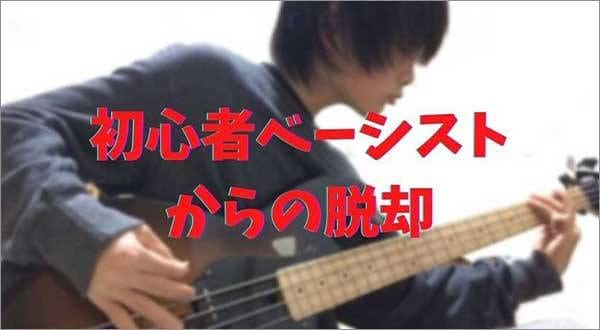
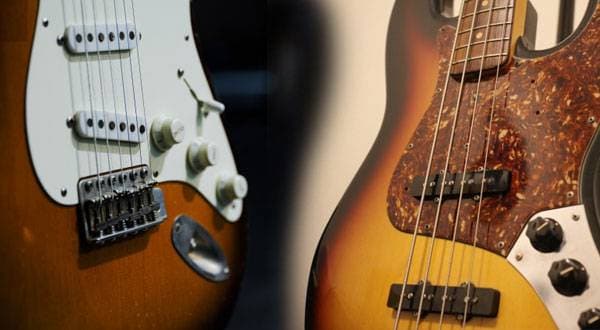
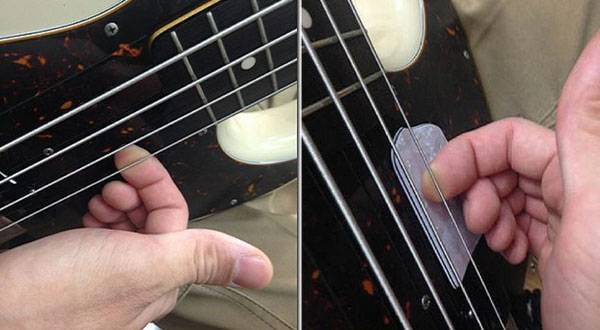

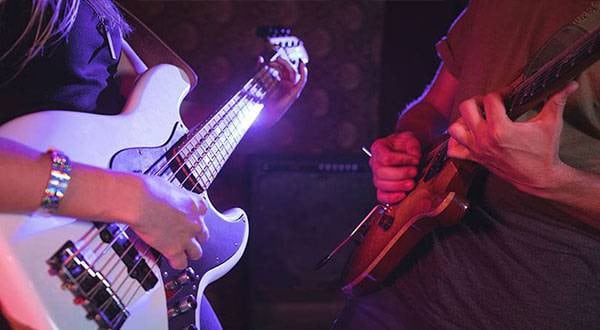
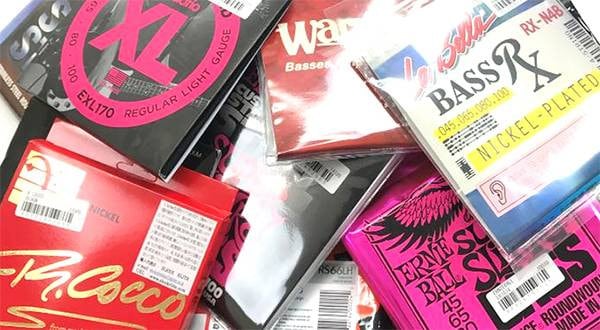
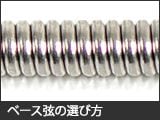 ベース弦の選び方
ベース弦の選び方
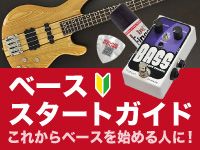 ベーススタートガイド
ベーススタートガイド
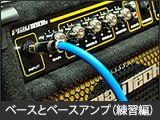 ベースとベースアンプ(練習編)
ベースとベースアンプ(練習編)
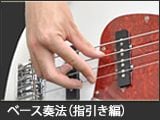 ベース奏法(指弾き編)
ベース奏法(指弾き編)
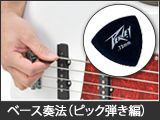 ベース奏法(ピック弾き編)
ベース奏法(ピック弾き編)
 ベース初心者講座
ベース初心者講座















